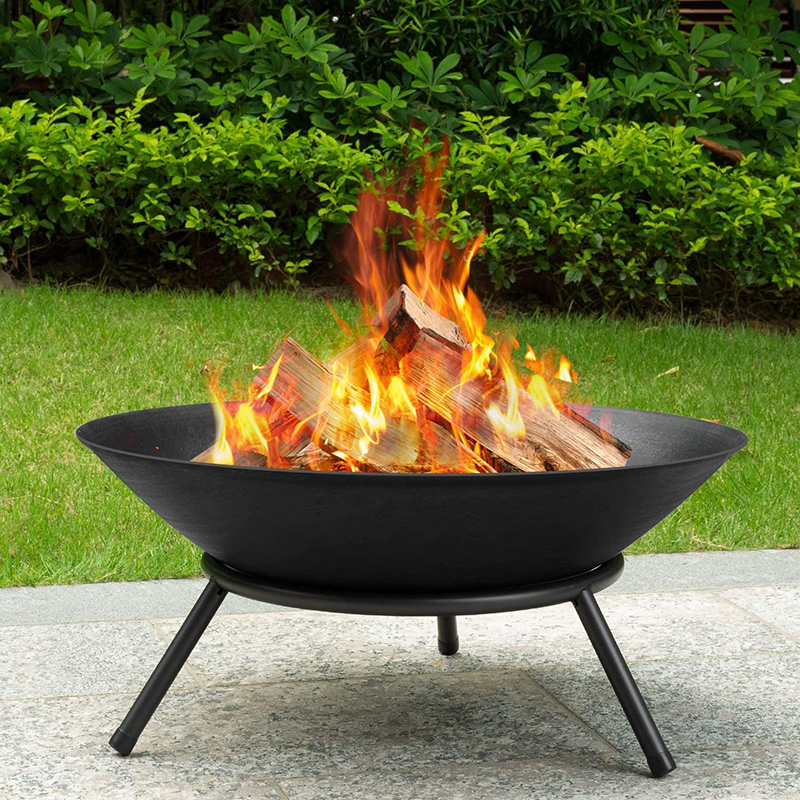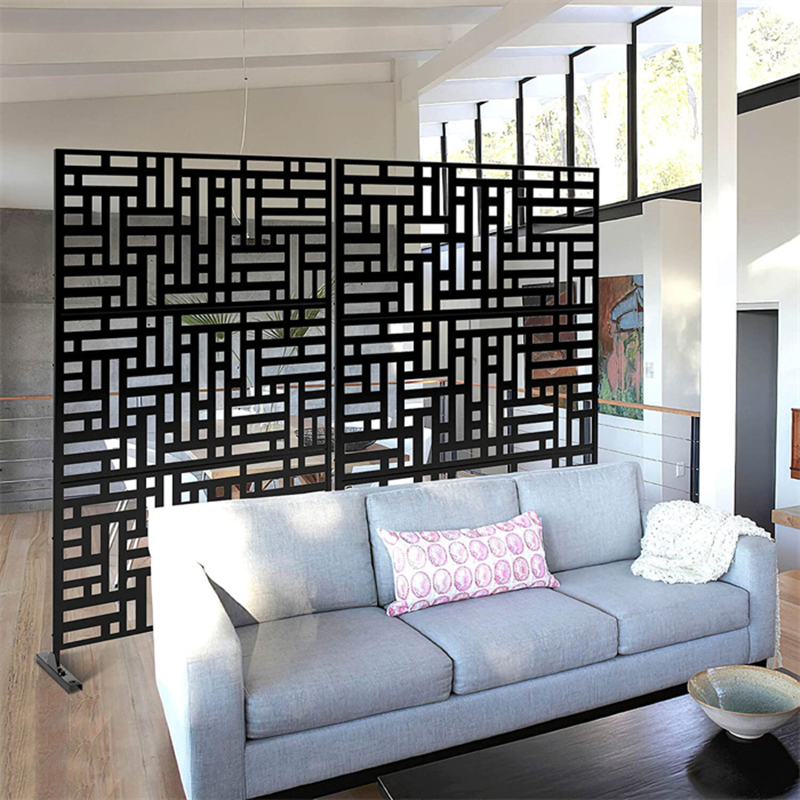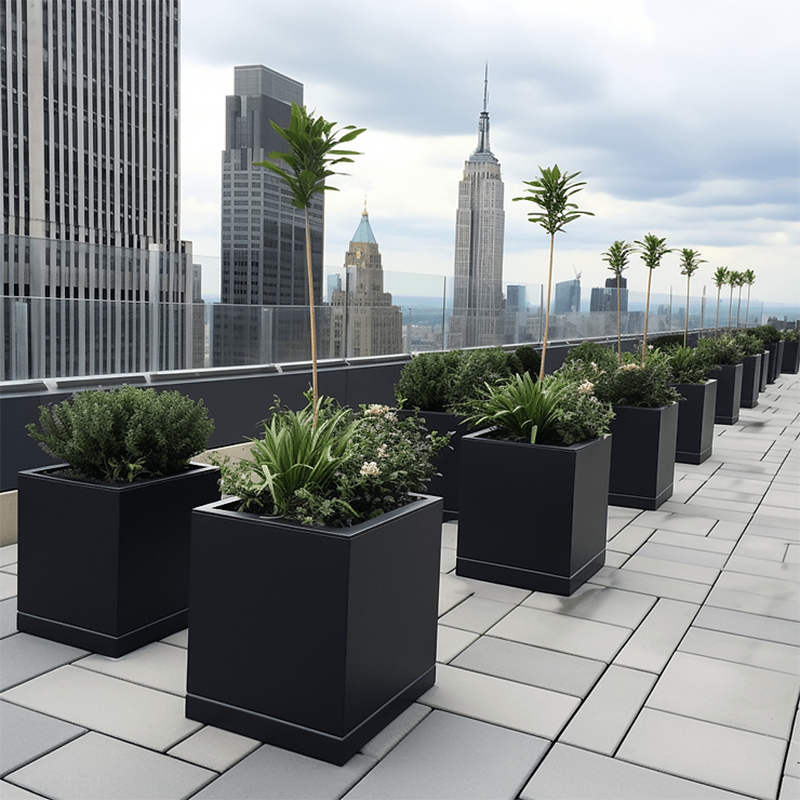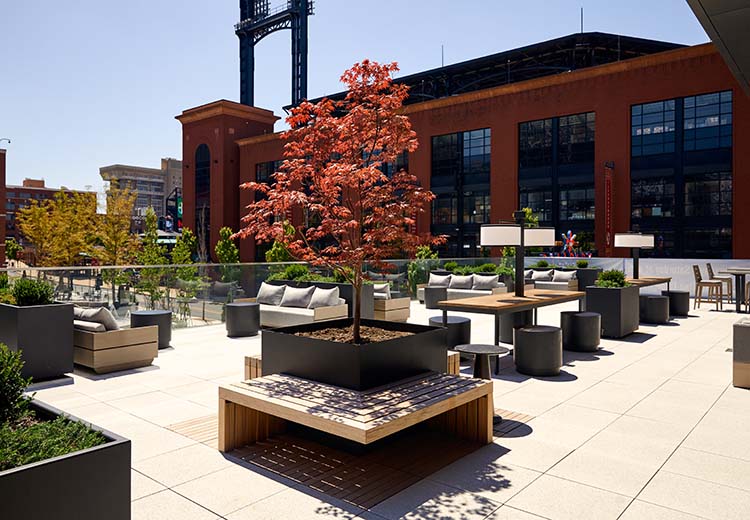Starting a new garden? Or remodel your current garden? Consider planting a raised bed (or 3) this season!
Here's why we love planting in a high bed garden:
Long growing season. In the spring, raised soil heats up and drains faster than buried soil,
so gardeners can plant for a few more weeks.
Better soil. It is easy to modify the soil to meet your specific growing needs.
Bigger harvests. Intensive planting and vertical support make the garden more productive.
There's no competition. A clean growing space means weeds, pets and children are out of the garden!
Healthy soil. Since it is not compacted by pedestrians, the soil remains fluffy and breathable.
Easy access. Raised beds and flowerpots bring the garden to you; No need to give in.
The garden. The variety of seedbed materials, styles and sizes means you can plant anywhere - on heavy clay,
in front of ugly fences, on deck.
Plant protection. Row fabric, mulch, and a clock protect your plants from pests and weather, and are easy to install on raised beds.
Choose a raised bed for your garden
Haman offers a wide range of raised beds, from do-it-yourself raised beds to complete kits made of cedar, composite wood,
recycled plastic and galvanized steel. You may also consider using an elevated loft bed for flex-free gardening.
Raised beds vary in height, starting at around 6 inches. In general, the deeper the soil of plants, the freer their roots will grow.
More soil also holds more moisture, so a deeper raised bed will require less watering.
Raised beds can be installed on poor or compacted soil or even concrete. If this is your case, buy the deepest bed you can afford.
A depth of 10-12 inches is preferred. Remember, the deeper the bed, the more soil you need to fill. Use a soil calculator to determine
how much soil you need.
How many raised beds should you have? If you are limited in space or time, you may want to start with one. If you want to grow a lot of
your own fresh vegetables, you'll probably need at least three or four beds. Use the Kitchen Garden Planner, our free online garden
design tool, to select and place the crops you want in each bed. This will help you determine how many beds you need to accommodate
everything you want to grow.




